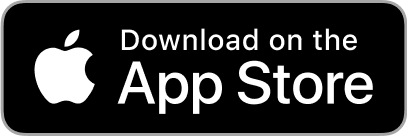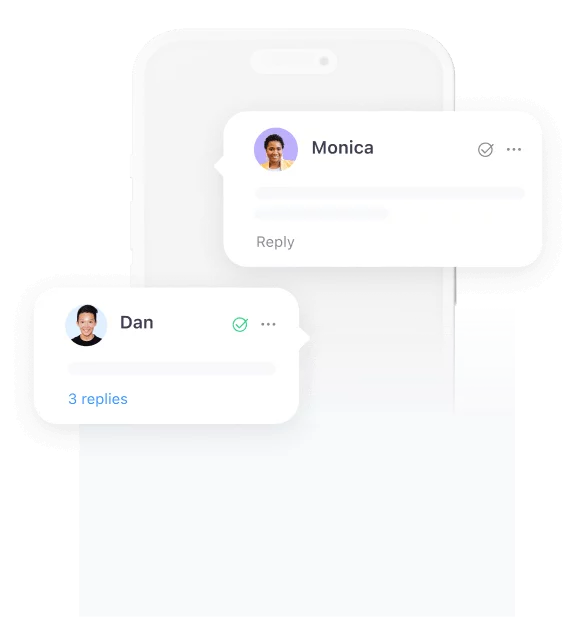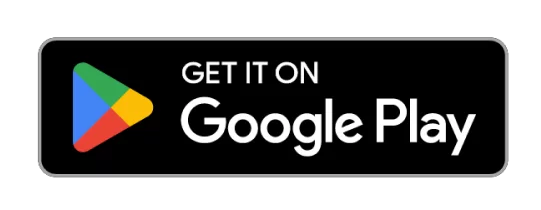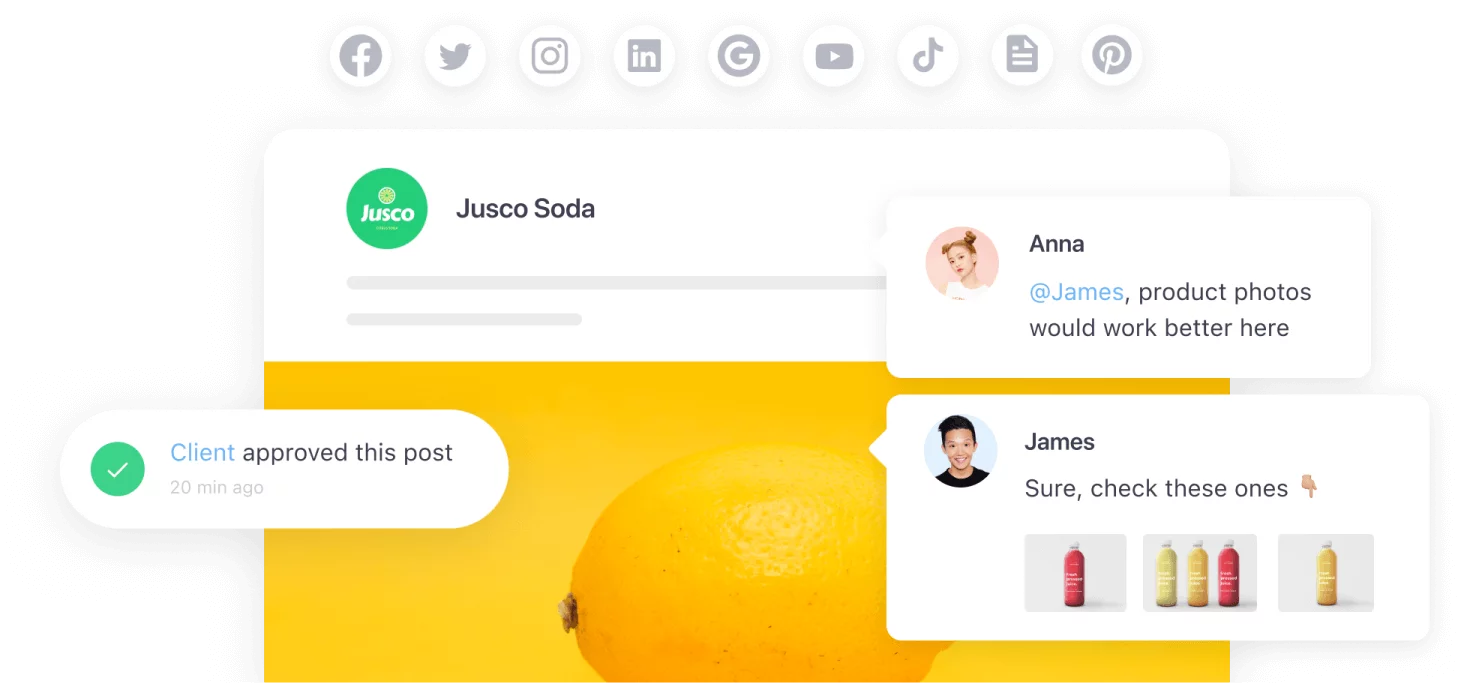We’ve all been there: You’ve created a piece of content — a blog, an ebook, a report, a video — with expectations of high volume traction… and then nothing happened. It sucks.
You stare at your data, hitting refresh over and over again, while the awful feeling of failure creeps over you. You might even start questioning your awesome content-creating skills — not cool!
What exactly are you doing wrong? What makes one piece of content get thousands of views and shares while another goes no further than your friends and family members?
I used to find myself in that position a lot. I have since learned, though, what it takes to run a well-oiled content machine. Your job is not complete once you hit publish. Below are some of the mistakes that I was making that you might find helpful in your journey to successful content promotion.
1. Stopping at the start line
I used to build a landing page with a piece of content strategically placed behind a form, rubbing my hands together thinking, “Great! I’m doing inbound marketing. Now I can just sit back and watch all the leads come rolling in!” Yeah… not so much. It doesn’t work like that, unfortunately.
The mistake I made here (and many others made it as well) was hitting go and not expecting to stall. People won’t just magically find your content if you don’t tell them its there. You need to build out your promotion strategy and follow through on each item.
If you spend 10 hours creating a piece of content, then you should spend at least 10 hours on promoting your content. There is no point in creating great content if you have no idea how people will find it — whether through search, through social, through email sends, through co-marketing promotion, whatever it may be.
2. Always relying solely on organic Social Media promotion
Are you posting your new content to social media? Cool. I was too. What I wasn’t doing was considering the use of paid advertising to promote that content, though. While we understand not every marketer has the budget to utilize this ad method, we think it can be very valuable to help get content off the ground.
If you’ve created valuable content, social advertising can help with the initial seeding. Facebook offers lots of different ways to target users based on their interests and demographics. A really cool way to use Facebook paid advertising to promote your fresh new content is to use the contact data you already have in your database to target new people of similar interests.
You can export a list of all the people who have previously downloaded a similar piece of content from you and then upload them to Facebook to create a lookalike audience. Facebook will take your list and find people with similar interests. Once you know who these users are, you can then target your new content to them.
You can also target by interests on Twitter. There are now two ways you can target people on Twitter and outside of your own network: broad targeting and precise targeting.
For broad targeting, there are over 350 categories you can choose from.
Precise targeting, meanwhile, allows you to create custom segments based on @usernames with similar interests to who you want to target.
For example, if you want to target someone who is interested in a particular genre of music, you could use @usernames of bands in that genre. You do not get access to their followers, Twitter simply displays your ad in the timeline for people with similar interests to the @usernames you have used.
Both of these targeting methods will allow you to show your content to groups of people who may be interested. But don’t forget there are other social platforms with a big reach that offer paid options, like StumbleUpon, and soon even Pinterest. Look into where your audience hangs out, and don’t take paid promotion off the table as an option.
3. Making sharing difficult
How easy is it for me to share your content right now? Do you have sharing icons on your blog? What about that ebook you wrote? How many obstacles do I have to get over to share it with my network? If I have to think about it, I’m going to be far less likely to share.
The answer? Give your audience lots of opportunities to share. To boost the likelihood your content is shared, try adding something like this to the end of your emails:
You could also use our personal favorite, the lazy tweet, which you can include in both your email as well as your content, as long as it’s text-based.
It’s also good to remember that less is more. If you include sharing icons for every single social media platform out there on your blog and in your lead gen content, you will confuse your reader and they will be less likely to share. Keep it simple, know where your audience hangs out, and optimize for the networks on which they are most active.
4. Publishing crappy content
Content can be considered crappy for many reasons: an irrelevant topic, a poorly constructed piece, factual inaccuracies, or just bad spelling and grammar.
There is just no excuse for bad spelling and grammar. Use a spell-checker, like Grammarly, people. Or get someone with polished grammar skills to proofread your work. Whenever I read a poorly constructed article, I rarely get past the first paragraph, the author loses some credibility, and I am about 99% less likely to share that content. (It would need to have a seriously killer takeaway lesson to make it to my network after that).
What people share with their network directly reflects on their own credibility, so if you want them to share your content, make your content stellar. If you are writing about what you do instead of how you solve your readers’ problems, you are a shoo-in for the boring, unshareable content competition.
Also, don’t underestimate the power of testing. For instance, Upworthy creates 25 different headlines for every article they write. Peter Koechley, the co-founder of the company, says, “The difference between a good headline and a bad headline can be just massive. It’s not a rounding error. When we test headlines, we see a 20% difference, 50% difference, 500% difference. A really excellent headline can make something go viral.”
5. Sending the same message to all social platforms
How often is the easy and quick way the best way? Not often. It’s simple: personalizing your messaging on social networks improves the experience of your audience.
Make them feel like the content you have created is for them. Make it relevant, valuable, and personal. Use data to segment and target, based on what you know about your readers. Also, use the targeting options available on organic social media publishing when sharing your content.
Taking the time to personalize your messaging will help your content resonate with the reader more… meaning they will be more likely to engage with you — and share, share, share!
Your followers will also appreciate getting a different message for each network on which they follow you. Take one piece of content and break it out into multiple social media posts. Take an image from the content and post it to Facebook. Take a quote out of a blog post and tweet it (just careful what you tweet). These are all great ways to keep your audience engaged and coming back for more.
6. Lacking frequency and consistency of posting
Be honest — do you post a piece of content once and forget about it? Well, just know this: Scheduling your social media posts to go out at regular intervals over a set period of time will increase your reach — especially for a platform like Twitter.
According to a survey by Sysomos, 92.4% of all retweets happen within the first hour of a tweet being posted. Make sure you’re posting often and testing when the best times are to post for your audience. Just make sure you don’t schedule the same message to all networks (as noted in the previous section, that’s a no-no).
It’s okay to make mistakes — in fact, they can help you big-time in the long run — as long as you learn from them. If you’re spending time and energy to create remarkable content, do it justice and make sure you get the promotion strategy right, too.
What ways do you think you can better promote your content? Are you using social media in the best ways possible? Let us know!
Want to get more inspiration?
- The Best 34 Social Media Courses To Sign Up For
- Best Marketing & Social Media Books You Should Read
- How to Build the Perfect Social Media Team – from Roles to Goals & Tools
This article was submitted by Lisa Toner, Business Owner at ETTCH.




